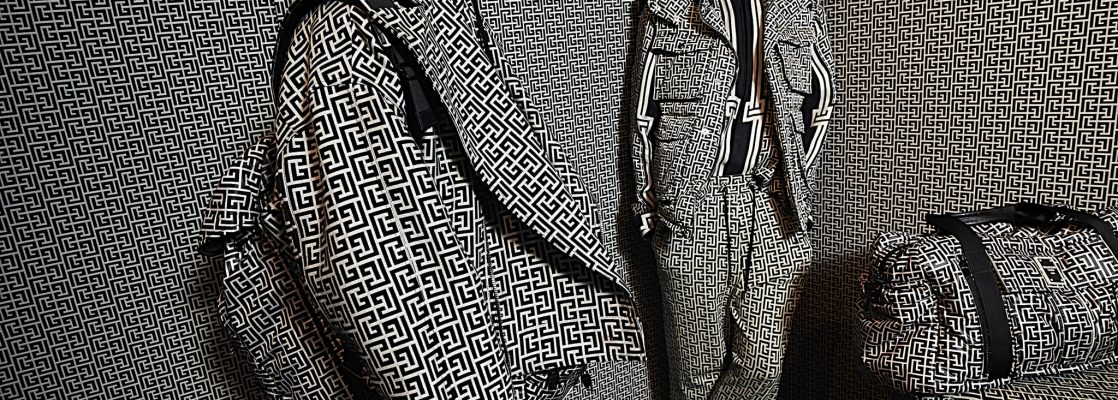
In the world of fashion and luxury, understanding the consumer base is paramount. The question, Who buys luxury brands the most? is not just a matter of curiosity but a crucial factor that shapes the strategies of luxury brands worldwide. This article aims to delve into the demographics and psychographics of luxury brand consumers, shedding light on the trends and factors that influence their purchasing decisions.
The luxury market is a complex ecosystem, with its dynamics constantly evolving. Traditionally, the luxury consumer base was dominated by the affluent class from developed countries. However, the landscape has significantly changed over the past few decades. Today, the luxury market is more diverse, encompassing various age groups, nationalities, and income levels.
- The Chinese Luxury Consumers:
China has emerged as a significant player in the luxury market. According to a report by McKinsey & Company, Chinese consumers accounted for approximately 33% of the global luxury goods market in 2018, a figure projected to reach 40% by 2025. The Chinese luxury consumer is typically younger than their western counterparts, with millennials and Gen Z making up a significant portion of the consumer base.
- The Millennial and Gen Z Consumers:
The younger generation, particularly millennials and Gen Z, are becoming increasingly influential in the luxury market. A study by Bain & Company revealed that these two demographics contributed to 85% of the luxury market growth in 2017. Their purchasing behavior is often driven by the desire for exclusivity and personalization, and they are more likely to engage with brands that align with their values and offer unique experiences.
- The High Net Worth Individuals (HNWIs):
HNWIs, individuals with a net worth of at least $1 million excluding their primary residence, continue to be significant consumers of luxury brands. They are typically drawn to high-end brands for their quality, craftsmanship, and status symbol. The HNWI consumer base is spread across the globe, with the United States, Japan, and China housing the most significant number of HNWIs.
- The Aspirational Consumers:
Aspirational consumers, though not affluent, are willing to splurge on luxury items for their perceived value and status symbol. They often view luxury goods as a form of investment and a step towards a desired lifestyle.
Understanding the luxury consumer base is not just about identifying who buys luxury brands the most, but also about understanding their motivations, preferences, and purchasing behavior. Luxury brands need to stay attuned to these trends and adapt their strategies accordingly to thrive in the competitive market.
In conclusion, the luxury market is a diverse and dynamic landscape, with various consumer groups contributing to its growth. As the market continues to evolve, luxury brands need to stay agile and responsive to the changing consumer dynamics to maintain their allure and relevance in the competitive luxury market.

